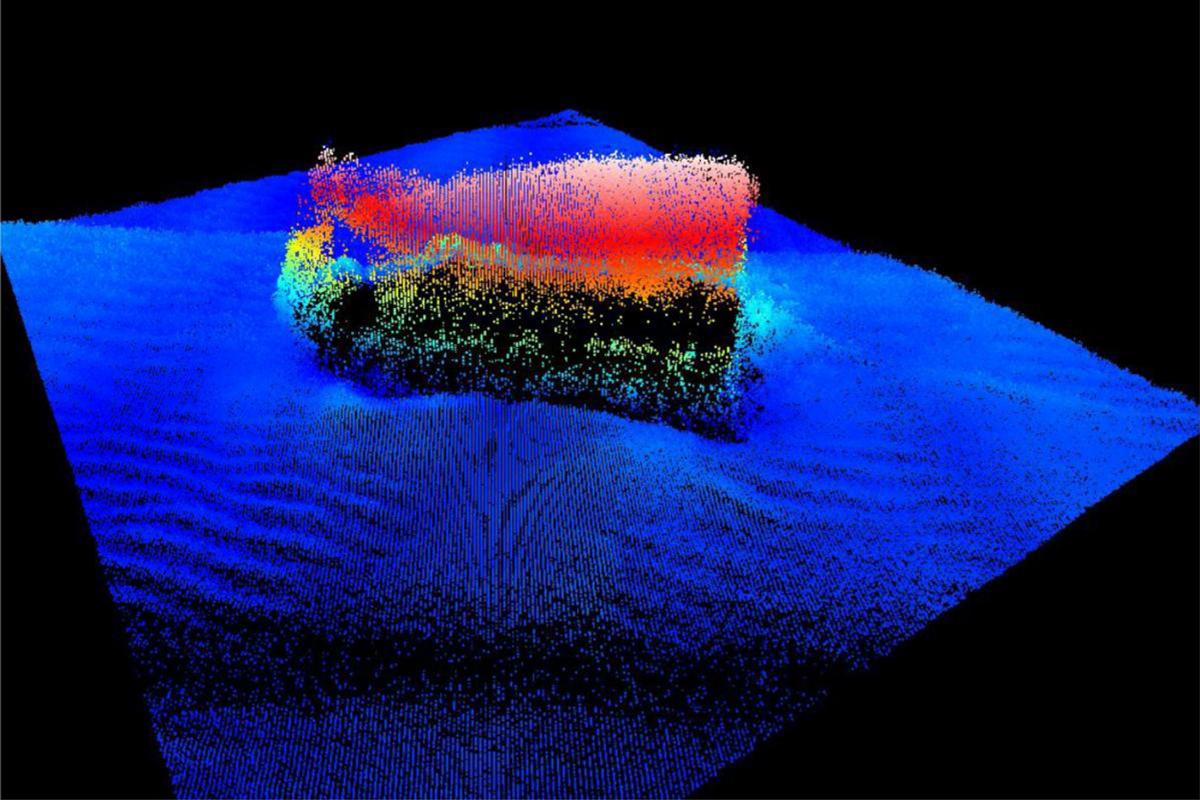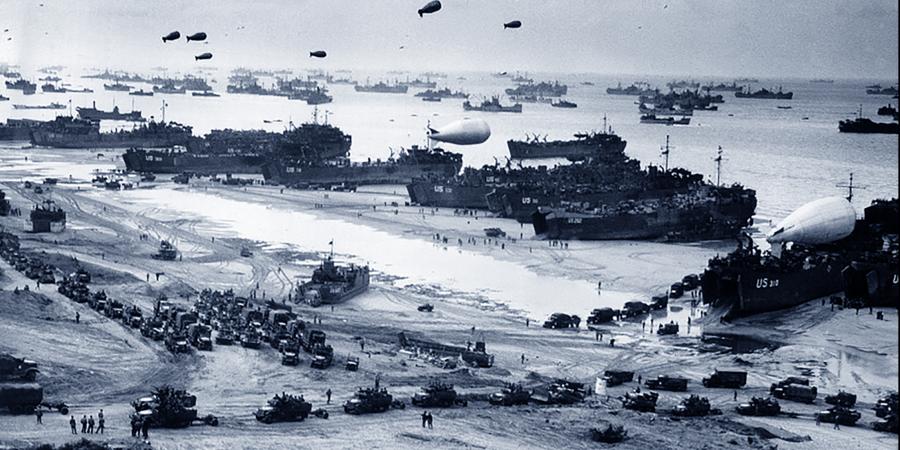This summer marks the 75th year since the D-Day landings. On 6 June 2019, veterans of both the Allied and German forces and heads of state will head to the beaches of Normandy to commemorate this momentous event. Yesterday, however, we commemorated the 75th anniversary of a less well-known event connected with D-Day, the tragic deaths of hundreds of American sailors and soldiers during Exercise Tiger.
"Our landings in the Cherbourg-Havre area have failed to gain a satisfactory foothold and I have withdrawn the troops. My decision to attack at this time and place was based upon the best information available. The troops, the air and the Navy did all that bravery and devotion to duty could do. If any blame or fault attaches to the attempt it is mine alone."
So read the message drafted in great secrecy by the Supreme Allied Commander General Eisenhower in case the Battle of Normandy, Operation Overlord, failed. The critical moment was the first day, D-Day, on 6 June 1944, when the Allied forces stormed ashore. Fortunately Eisenhower did not need his message and the Allies went on to liberate France and then the rest of western Europe from Hitler’s tyranny. The world today may well have been a very different place if D-Day had failed.
D-Day was the largest seaborne invasion in history, involving over 156,000 troops from Britain, Canada and the USA and many thousands of ships and aircraft. It was an enormously difficult and complicated operation to mount. Many of the troops involved had arrived in Britain with very little or no combat experience and the German defences along the Normandy coast were very strong. It was very obvious to Allied planners that realistic practice would be needed if the invasion was not going to descend into chaos and defeat.
From late 1943 to just before the invasion began a series of exercises were held on British beaches and coastal areas that resembled those in Normandy selected for the invasion. These exercises were intended give the soldiers, sailors and airmen who would be involved a taste of what D-Day was going to be like and to allow them to learn to work together and were as realistic as possible, with parachute drops and live firing. But with realism came error and risk. Accidents happened and there were many casualties.



Multibeam bathymetry and Side Scan Sonar image showing the inverted stern and rudder of one of the LST wrecks (copyright and courtesy Hydroid and UK Hyrographic Office).
The area around Slapton Sands in Devon was chosen as one of the exercise areas. It was chosen because of its resemblance to Utah Beach in Normandy, where American forces would land and thousands of people who called the South Hams their home had to be relocated. The exercise had to be held near to the vast encampments of Allied soldiers and their equipment that were being set up in the south England. Unfortunately this meant they were close to German bases on the other side of the English Channel. Despite great secrecy and Allied control of the skies, the exercises were vulnerable to German attack.
That danger was realised in the early hours of 28 April 1944, when T4, a convoy of big American landing ships or LSTs, packed with soldiers and their heavy equipment, was making its way to Slapton Sands as part of Exercise Tiger, a large-scale invasion exercise. The ships were routed well out to sea to make their approach to the beach realistic. Due to a combination of error and mischance, the convoy had fewer escorts than it should. Despite the secrecy, the Germans had also realised that something was happening and a force of ‘Schnelboots’, very fast and effective torpedo boats that we know as E-boats, found the convoy. The lack of escorts helped the Germans to press home their attack and in the confusion two of the LSTs were torpedoed and sunk and others were damaged. By the time that the Germans were driven off, more than seven hundred American sailors and soldiers had been killed.
Today, as well as being wrecks of great significance to American veterans, the remains of LSTs 507 and 531 are two of the most significant archaeological sites linked to D-Day in the UK. In co-operation with the American authorities and local volunteers including Global Underwater Explorers, an avocational diver organisation that has done much to increase our understanding of the wrecks, Wessex Archaeology has been helping Historic England to investigate them. This will help ensure that they are recorded and monitored appropriately as both important archaeological sites and sensitive war graves. In May of this year and with US Government representatives onboard, we hope to complete a non-intrusive geophysical, geotechnical and remotely operated vehicle (ROV) survey begun in 2018 with the MOD’s Marine & Salvage branch.
Yesterday, a 75th Anniversary Memorial Service was held at Slapton Sands at 2:30pm at the Sherman Tank Memorial Site in Torcross for the men who died during exercises.
